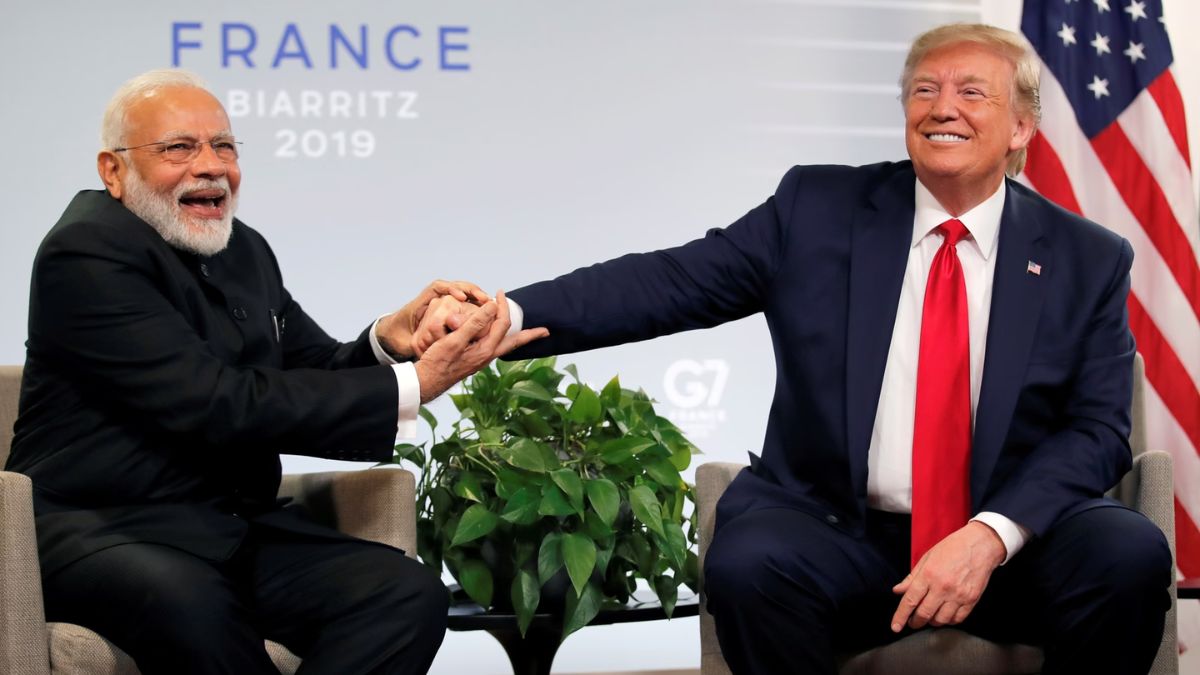In a major policy shift aimed at enforcing what he calls “fairness in trade,” US President Donald Trump on April 2 announced a 26% reciprocal tariff on imports from India, citing the country’s steep import duties on American goods—particularly in agriculture. The announcement comes as part of the larger “Liberation Day” rollout of reciprocal tariffs targeting major US trading partners.
While referring to Indian Prime Minister Narendra Modi as a “great friend,” Trump added,
“India charges us 100% on some agricultural imports. That’s not fair. We’re putting in a reciprocal tariff—though a discounted one—of 26%. That’s still less than what they’re doing.”
The White House had earlier flagged India for maintaining some of the highest import barriers on US farm goods, with tariffs reaching up to 100% on products like almonds, apples, and dairy. The administration cited this as a reason for targeting India under its newly announced global tariff regime.
India’s top exports to the US likely to be impacted:
- Pharmaceuticals and medical supplies
- Refined petroleum products
- Textiles and apparel
- IT services and machinery
- Jewelry and gemstones
While the 26% tariff is lower than the 34% duty imposed on China and the 30% on Japan, the move marks a significant escalation in trade tensions between New Delhi and Washington, despite continued diplomatic warmth.
“PM Modi is a great friend of mine,” Trump reiterated during the announcement. “But….”
What happens next
The tariffs are set to take effect immediately, starting Thursday, 12:01 a.m. EDT, and the US Commerce Department will release a full list of affected products in the coming days.
The decision is part of a broader US push to clamp down on what Trump calls “foreign scavengers tearing apart the American dream,” and aims to boost domestic manufacturing and restore trade balance.
Further details on how this will affect Indo-US bilateral ties and sectoral trade impacts are expected to emerge over the week.


